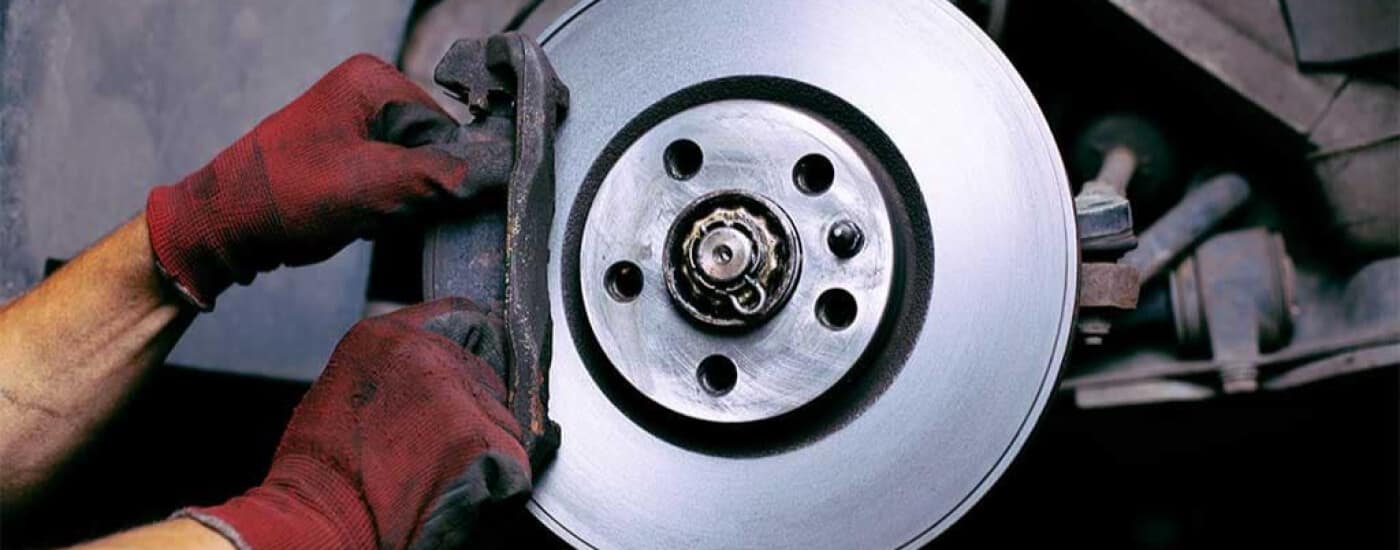Bleeding your brakes is an important maintenance task that ensures your vehicle’s braking system functions properly. Over time, air bubbles can become trapped in the brake lines, causing the brake pedal to become loose and reducing braking efficiency. This manual provides a comprehensive, easy-to-follow procedure for bleeding your brakes yourself.
More information about brake bleeds
When bleeding the brakes, air bubbles are removed from the brake lines. The air in the brake lines is compressed, causing the brake pedal to become spongy and reducing braking performance. Bleeding the brakes restores the firmness of the brake pedal and ensures that the braking system works effectively.
Tools and materials needed
Before you start, prepare the necessary tools and materials:
Wrench or brake bleeder wrench
clear plastic tube
Brake fluid (specified by your vehicle manufacturer)
Brake bleed kit or clean container
Jacks and jack stands
Tire wrench
Safety glasses and gloves
Turkey dripper (optional)
Step-by-step guide to bleeding the brakes
1. Prepare
Safety First: Make sure your vehicle is parked on a flat, stable surface. Apply the handbrake and put on safety goggles and gloves.
Check the brake fluid: Open the hood and check the brake fluid level in the master cylinder. Refill as necessary as you don’t want it to run out while it’s draining.
2. Lift the vehicle
Jack up the car: Use a jack to lift the car and secure it with jack stands. Make sure the vehicle is stable before continuing.
Remove the wheel: Use a tire wrench to remove the wheel to access the brake caliper.
3. Bleed the brakes
Locate the bleed valve: Locate the brake bleed valve on each brake caliper. It is usually a small valve located at the top of the caliper.
Connect the transparent hose: Place one end of the transparent hose on the drain valve and the other end in a clean container. This will allow you to see air bubbles and prevent brake fluid from spilling.
4. Deflation process
Start with the furthest wheel: Start with the wheel furthest from the master cylinder, usually the rear passenger side wheel, and work closer (passenger side rear wheel, driver side rear wheel, passenger side front wheel, front wheel side).
Loosen the bleed valve: Use a wrench to slightly loosen the bleed valve.
Press the brake pedal: Have your assistant sit in the driver’s seat, press the brake pedal a few times and then hold it down.
Open the bleed valve: When you press the brake pedal, open the bleed valve slightly to allow brake fluid and air bubbles to escape. Watch the liquid flow through the pipe.
Close the valve: Before the assistant releases the brake pedal, close the exhaust valve to prevent air from re-entering the system.
Repeat: Repeat this process until you see clear, bubble-free brake fluid flowing through the lines.
5. Go to the next wheel
Repeat the bleeding process for each wheel in the order shown (farthest to closest to the master cylinder). Be sure to regularly check and top up the brake fluid in the master cylinder so that it does not dry out.
6. Finishing
Tighten the bleeder valves: After all the brake fluid has been drained, make sure all the bleeder valves are properly tightened.
Reinstall the wheel: Place the wheel back on the car and tighten the nuts by hand.
Lower the car: Use a jack to carefully lower the car to the ground and remove the jack stands.
Tighten the nuts: Use a wrench to tighten the nuts completely in a crosswise pattern to ensure even pressure.
7. Test your brakes
Check the brake fluid: Make sure the brake fluid is at the correct level in the master cylinder.
Test drive: Take a test drive at low speed to ensure that the brakes are working properly. The brake pedal should feel firm and responsive.
Tips for successfully draining brake fluid
Scheduled Maintenance: Drain the brake fluid as part of a scheduled maintenance schedule or whenever you replace brake parts.
Clean: Keep everything clean to prevent brake fluid contamination.
Correct Fluid: Always use the brake fluid recommended by the vehicle manufacturer.
common problem
How often should I drain my brake fluid?
It is recommended to bleed your brakes every two to three years or whenever brake parts are replaced.
Can I bleed the brakes without an assistant?
Yes, you can use a one-man brake bleeder kit that will allow you to bleed your brakes without an assistant.
What should I do if my brake pedal after bleeding no
ch can reduce its effectiveness and cause corrosion in the braking system.
finally
Bleeding the brakes is an important maintenance task that ensures your vehicle’s braking system remains effective and safe. By following this guide, you can bleed yourself with confidence, ensuring a safe brake pedal and optimal braking performance. Regular maintenance and attention to your vehicle’s needs will keep you safe on the road.


